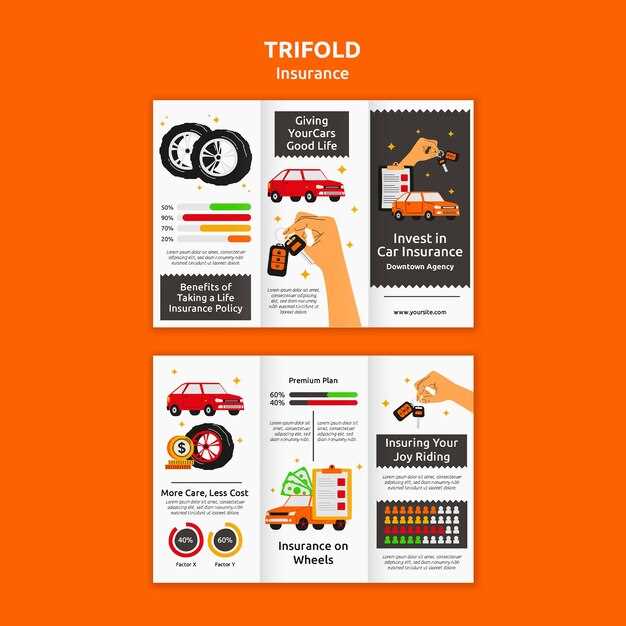
The safety of any vehicle heavily relies on the performance and quality of its tires. With a myriad of options available on the market, understanding tire specifications, or specs, is crucial for making informed choices. Each tire carries a unique code that communicates essential information regarding its design, size, load capacity, and performance characteristics. This article will delve into the significance of these codes and how they impact your overall vehicle safety.
When selecting tires, the specifications are not merely numbers; they encapsulate vital details about the tire’s capabilities. For example, reading tire codes can reveal information about tread patterns, rubber compounds, and suitability for different weather conditions. By understanding these specs, drivers can ensure they choose the right tires that align with their vehicle requirements and driving conditions, ultimately enhancing safety on the road.
Furthermore, maintaining awareness of tire specifications enables drivers to monitor tire health more effectively. Regularly checking tire pressure, tread depth, and load ratings based on manufacturer codes can prevent accidents caused by tire failure. As we explore the elements of tire specifications in this article, you’ll gain insights into how each component contributes to a safer driving experience.
Interpreting the Tire Code: What Each Symbol Means
Tire specifications are usually represented through a code imprinted on the sidewall of the tire. This code is crucial for understanding the tire’s capabilities and ensuring safety while driving. Each part of the code has specific meanings that describe the tire’s performance characteristics. The following breakdown will help to interpret these symbols and numbers effectively.
The first segment of the tire code typically includes a letter indicating the type of tire followed by a series of numbers. For example, a code might start with “P” for passenger vehicles. This is followed by a three-digit number representing the tire’s width in millimeters, such as “205,” which indicates the width of the tire from sidewall to sidewall.
Next, there is usually a slash (‘/’) followed by a two-digit number indicating the aspect ratio. This ratio compares the height of the tire’s sidewall to its width. For example, an aspect ratio of “55” means the height is 55% of the tire’s width. A lower aspect ratio generally indicates a sportier tire with better handling properties but may have a rougher ride.
The next number represents the diameter of the wheel that the tire fits, measured in inches. For instance, if the code shows “16,” it means the tire is suitable for a 16-inch wheel. Matching this value with the wheel size is essential for proper fitment.
After the diameter, there can be additional markings such as load index and speed rating. The load index is a numerical code that indicates the maximum load the tire can carry at a specified pressure. The speed rating is denoted by a letter that indicates the maximum speed the tire can sustain safely. For example, a tire with a speed rating of “H” can be used safely up to 130 mph.
In many cases, the tire code may also contain symbols indicating additional features such as whether the tire is all-season, winter, or performance-oriented. Understanding these markings ensures that you select a tire compatible with your vehicle’s specifications and intended use.
Finally, always refer to the guidelines set by the vehicle manufacturer found in the owner’s manual or on the driver’s side door jamb for the correct tire specifications to maintain optimal performance and safety.
Key Tire Specifications: Choosing the Right Size and Type

When selecting tires, understanding specifications is crucial for ensuring vehicle safety and performance. The key specifications include tire size, type, load index, and speed rating.
Tire size is expressed through a code that details the width, aspect ratio, and diameter. For example, a tire marked as P215/65R15 indicates a width of 215 mm, an aspect ratio of 65%, and a 15-inch diameter rim. Selecting the correct size ensures a proper fit, optimizing handling and stability.
The type of tire–whether all-season, winter, or performance–affects traction and wear characteristics. All-season tires offer a balance for various conditions, while winter tires provide enhanced grip in cold and snowy environments. Performance tires cater to high-speed and agility needs but may wear faster.
The load index signifies the maximum weight the tire can support, with higher numbers denoting greater capacity. It is essential to choose tires that match or exceed the manufacturer’s specifications for optimal safety.
The speed rating indicates the maximum speed the tire can handle safely. Ratings range from L (75 mph) to Y (186 mph) and should align with the vehicle’s capabilities. Choosing tires with appropriate speed ratings can prevent tire failure and ensure safety during high-speed driving.
In summary, understanding tire specifications, including code, size, type, load index, and speed rating, is essential for making informed choices that enhance vehicle safety and performance.
Impact of Tire Maintenance on Vehicle Safety and Performance

Tire maintenance is crucial for enhancing vehicle safety and optimizing performance. Regular checks on tire pressure, tread depth, and alignment can significantly influence how well a vehicle handles on the road. Under-inflated tires can lead to decreased fuel efficiency and increased stopping distances, while over-inflated tires can cause uneven wear and a harsher ride.
Monitoring the tread depth is essential as it directly impacts traction. Worn tires can compromise grip, especially in wet or slippery conditions, increasing the risk of accidents. Vehicle manufacturers often provide tire specifications in the owner’s manual, which include the recommended tread depth and pressure levels. Adhering to these specs ensures better handling and responsiveness.
Regular rotation of tires also plays a significant role in extending tire life. Uneven wear can lead to premature tire failure, adversely affecting the vehicle’s stability and control. Following a maintenance schedule that includes tire rotation, balancing, and alignment adjustments can help maintain optimal performance and safety standards.



